Project News ·
Working with nature to restore degraded landscapes
Achieving resilient and profitable grazing operations benefits graziers and the Great Barrier Reef.
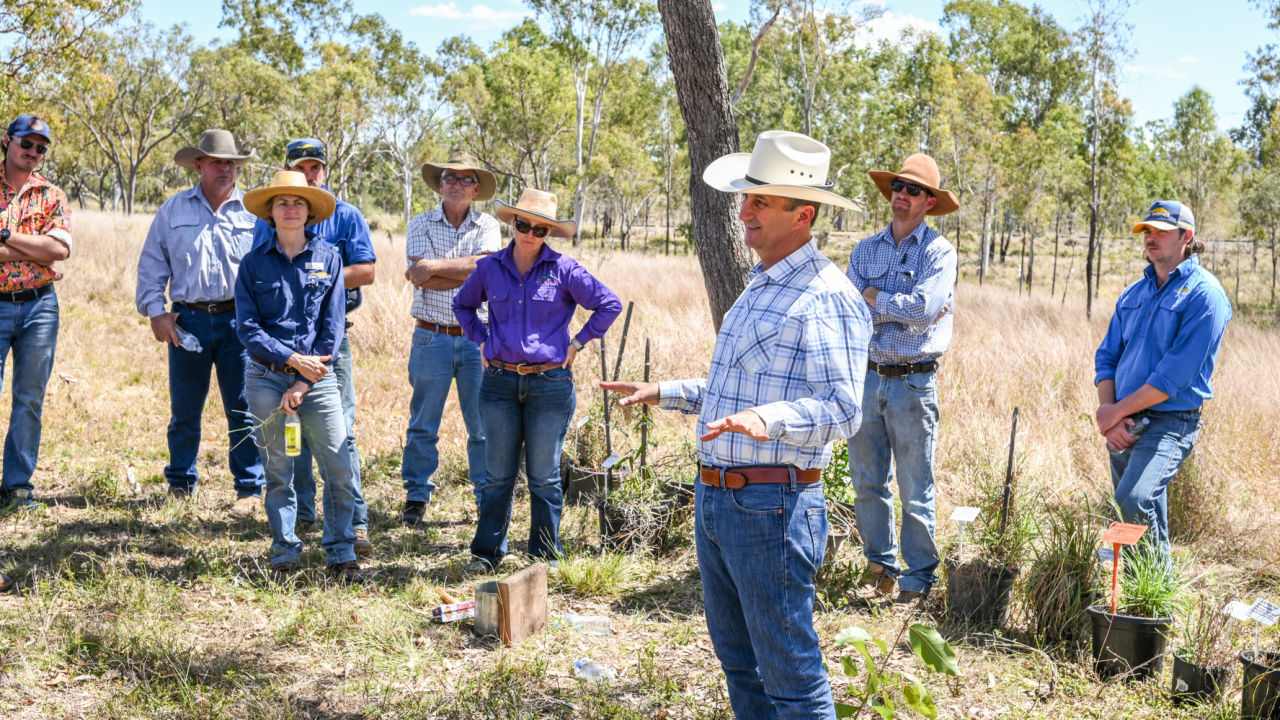
Never stop learning and don't stop asking questions were the key messages that Burdekin graziers came away with after attending a two-day workshop with widely respected regenerative rancher Alejandro Carrillo.
Alejandro is a fourth-generation rancher in the northern Mexican heart of the Chihuahuan Desert where the average yearly rainfall is just 250 mm – the Collinsville long-term average is 700 mm. After taking over the family ranch in the early 2000s, Alejandro began researching and trialing holistic and regenerative agriculture methods to restore his Las Damas ranch after making a profit only one in every four years.
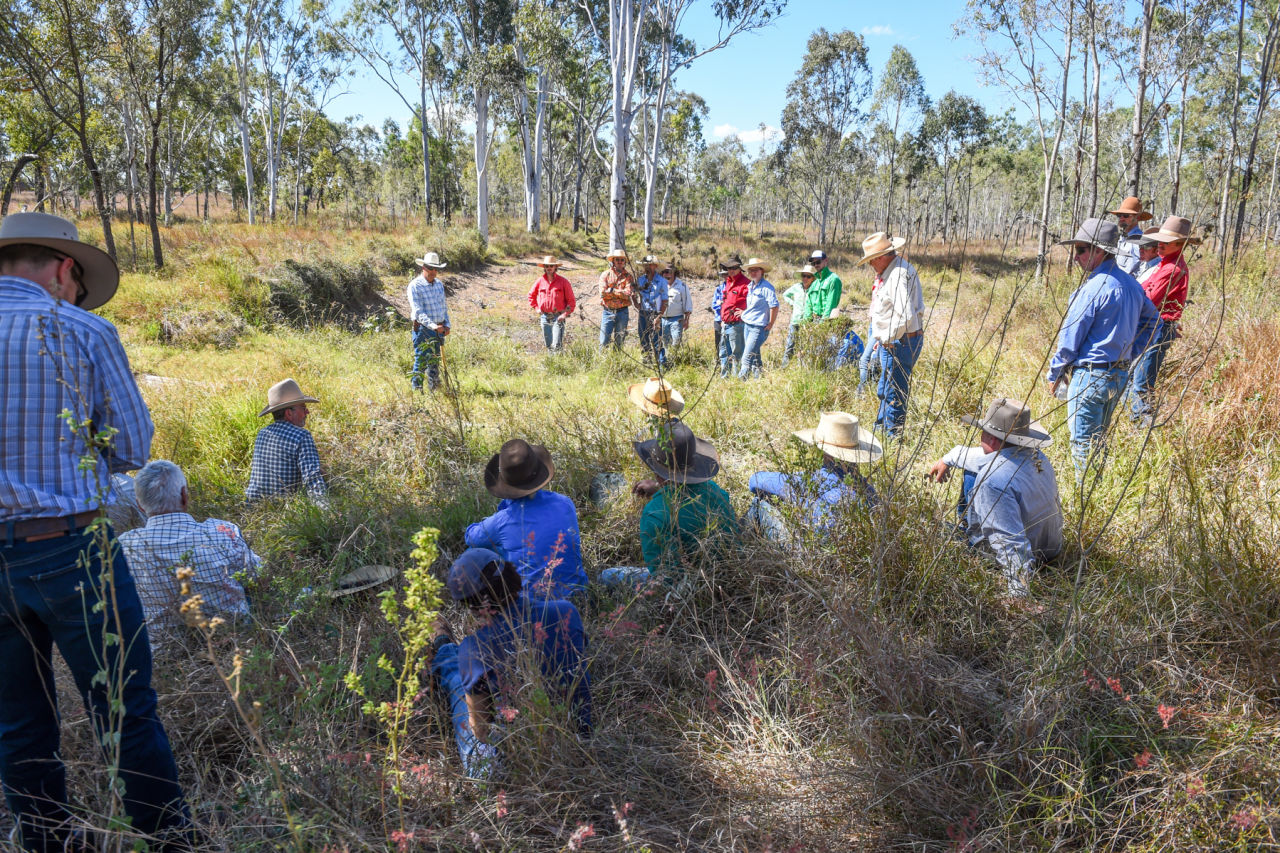
44 attendees from 21 enterprises, learnt from international guest speaker Alejandro Carrillo from Las Damas Ranch, Chihuahua, Mexico. Credit: NQ Dry Tropics
Holistic management is a decision-making framework that takes into account the health of the soil, water, plants, animals, and humans as interconnected elements. Restoring degraded soil is at the heart of regenerative agriculture.
After many trials, Alejandro’s ranch is considered one of the best examples of what can be achieved in an arid, brittle, low precipitation environment – if grazing management is run in sync with nature.
Alejandro is now running a resilient and profitable operation: soil microbial health has improved; water is infiltrating; plant diversity and biomass are growing; wildlife is thriving, soil temperature is warmer in winter and cooler in summer; livestock numbers and profits are rising.
Alejandro shared his story about using regenerative and holistic practices to improve the condition and productivity of his ranch in Mexico, and how graziers can apply these lessons in Australian landscapes to help manage pastures to maintain plant and soil health and build drought resilience.
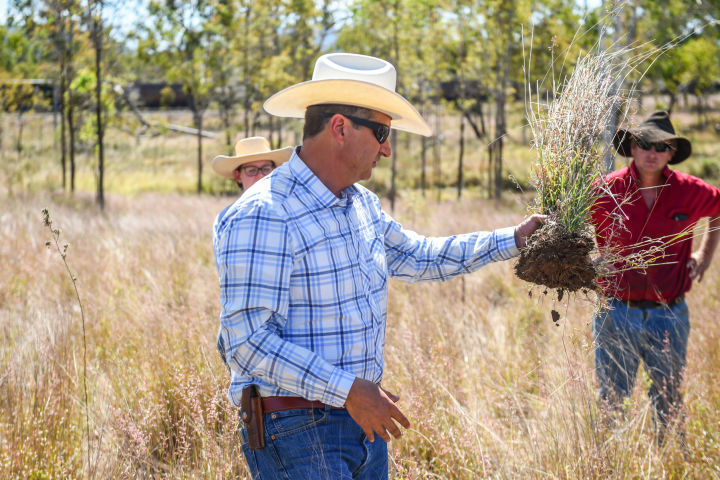
Alejandro discussed the benefits of moving away from conventional farming in brittle environments and highlighted the importance of creating a collaborative community where lessons, mistakes and successes can be shared. Credit: NQ Dry Tropics
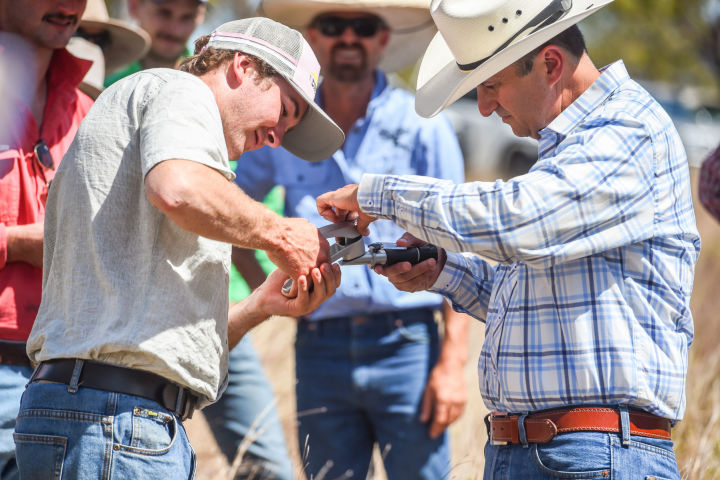
Eric LeFeuvre and Alejandro Carrillo are using a brix refractometer to measure the approximation of sugar content of a sample (plant). Credit: NQ Dry Tropics
Charters Towers grazier Sue-Ann Jones said the workshop encouraged her to think about the way she and her family approached land management on their property.
“Alejandro has a proven record of improving a degraded desert landscape and making a profitable business from it. You hear about and read about holistic principles, but that only gets you so far. They can be hard to apply, so to hear Alejandro's firsthand experience and explaining them with practical examples, what worked, what didn’t, and why, was insightful and helpful. It also confirmed we’re on the right track in what we’re trying to do and achieve, so that was heartening,” said Sue-Ann.
Greenvale grazier Ben Bolton said he had a light bulb moment that could be a game changer if applied at his family’s property.
“Start with the best paddocks, during the good times when you’re doing well, and help them leap ahead rather than focusing on the worst paddocks which might take a long time to be highly productive,” Ben said.
“That was a major takeaway for me. I see value in adopting that approach because at the end of the day you have to make a profit, that means focusing on paddocks that offer the best return. It’s about being strategic in your decision making,” said Ben.
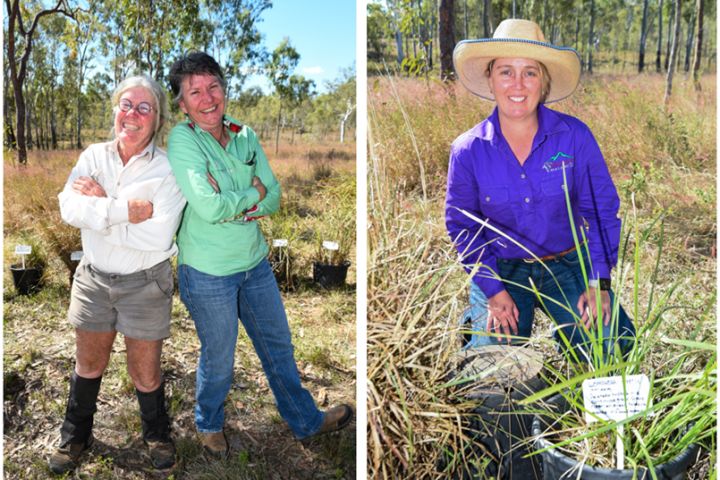
Left: Graziers Joan Gordon and Jocelyn Gordon. Right: Ewan Hills Grazier Sue-Anne Jones. Credit: NQ Dry Tropics
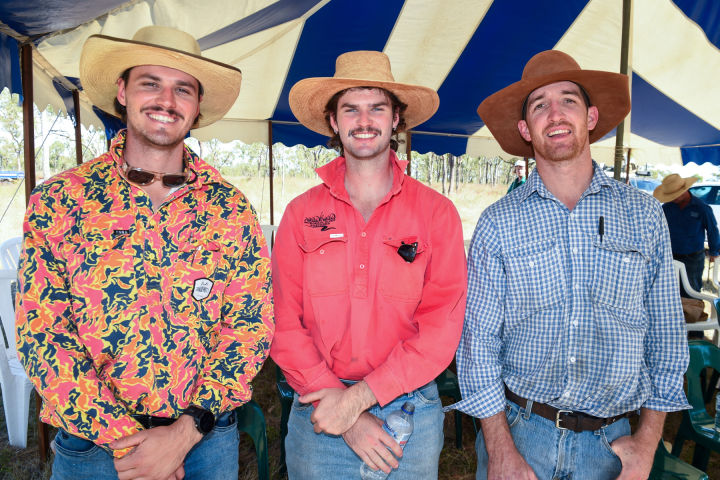
Left to Right: Rob Bolton, Ben Bolton, Jack Francis. Credit: NQ Dry Tropics
Charters Towers grazier Clancy Le Feuvre said two takeaway messages for him were that grasslands could not be improved without grazing animals, and the fastest way to sequester carbon is by growing plants.
“What resonated with me is a lot of people were talking about the benefit of increasing biodiversity. Managed livestock grazing can alter the composition of the plant community, increase the diversity and productivity of species, and increase the nutritional value of the forage.
“Workshops like this are mandatory because they serve as a strong reminder to get out and have a look at your cattle and paddocks with your own two eyes, observe and learn, because there’s no shortcut to making positive change to improve your country and business,” said Clancy.

Left to Right: NQ Dry Tropics Grazing Field Officer Tristan Gibson, Chris Le Feurve, Lucy Le Feurve, Eric Le Feurve and Clancy Le Feurve. Credit: NQ Dry Tropics
Bowen grazier Jocelyn Gordon said she was inspired to go back home to experiment.
“There was a lot of information to take in. The benefit, though, is that it prompts discussion, and it certainly makes us more aware of what we should be looking at when we’re looking at our landscape,” Jocelyn said.
“Because Alejandro speaks from his own personal experience, his story and hands-on insights give you permission to have a go yourself. A great message that came out was if you mess something up, learn from it, don’t repeat it. That’s good advice,” she said.
The workshop was delivered by NQ Dry Tropics through the Landholders Driving Change project funded through the partnership between the Australian Government’s Reef Trust and the Great Barrier Reef Foundation.
Grazing occurs on 92% of land in the Bowen, Broken, Bogie (BBB) catchment and the project is providing graziers with a wide range of education, training, technical support and incentives to support improved grazing land management practices that improve land condition and water quality.
By working with nature to improve degraded landscapes, landholders are achieving resilient and profitable grazing operations. This means less sediment is leaving properties and improved water quality on the Great Barrier Reef.
Top photo: Alejandro shared his story and how graziers can apply these lessons in Australian landscapes to help manage pastures to maintain plant and soil health and build drought resilience. Credit: NQ Dry Tropics
#Related

Project News ·
Community at the forefront of Reef water quality protection

Project News ·


